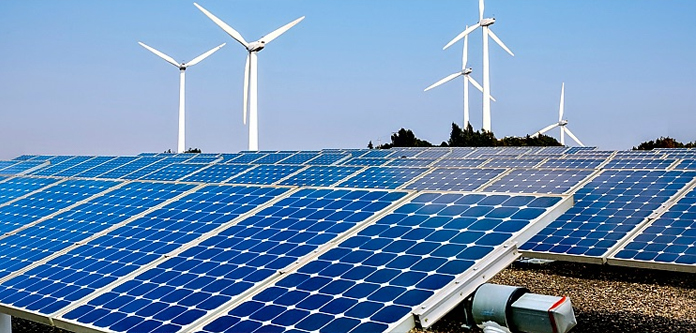
The fourth milestone is the environmental procedures, which as per the Environmental Protection Act, may be environmental assessment or environmental impact assessment.
- In case of wind power plant, the competent environmental authorities determine procedure for assessing the need for an environmental impact assessment (Enclosure 2 to the Environmental Protection Act);
- In case of solar power plant, the competent environmental authorities determine procedure for assessing the need for an environmental assessment.
A further procedure may be prescribed by the environmental authorities, namely a compatibility assessment with protected territories as per the Biodiversity Act.
The next and most important milestone is the grid connection, namely the way that the new power plant will be connected to the power grid. The procedure as per the Renewable Energy Act is the following:
- Submission of request for the conditions for grid connection (total installed capacity of up to 5 MW – to the relevant medium voltage grid operator; total installed capacity more than 5 MW – to the TSO);
- Grid connection offer – requires a DSP in force for the plot/s;
- Preliminary grid connection agreement;
- Final grid connection agreement – after receiving the building permit
The building permit shall be issued after the approval of an investment project as per the requirements of the Spatial Planning Act.
The Spatial Planning Act and the Renewable Energy Act envisage some simplified procedures in case of project for development of power plant with a total installed capacity of up to 1 MW or up to 5 MW as the case may be, as well as some reliefs in case of power plant only for personal needs.
Such simplified procedures may be:
- No need of investment projects for issuance of a building permit for:
- installations for the production of electricity, with a total installed capacity of up to and including 1 MW to existing buildings in urban areas, including on their roof and facade structures and adjacent land;
- installations for the production of electricity from renewable sources, with a total installed capacity of up to 5 MW, on roof and facade structures of buildings connected to the electricity transmission, electricity distribution or closed electricity distribution network and on real estate attached to them in urbanized areas, the energy from which will be used only for own consumption.
In these cases, the building permit shall be issued in the presence of the following documents:
- design visa;
- constructive opinion;
- opinion of an electrical engineer;
- agreement to the contract for access and transmission to the end customer[1] or grid connection offer
- No need for preliminary grid connection agreement in case of installations:
- with a total installed capacity up to and including 30 kW, which is foreseen to be built on roof and facade structures of connected to the electricity distribution grid and on real estate in urbanized areas;
- with a total installed capacity of up to and including 200 kW, which are intended to be built on roof and facade structures of buildings for production and storage activities, connected to the electricity transmission grid or electricity distribution grid in urbanized areas
Please note that this article is drafted as per the national legislation in force up to 16th of January 2023.
Currently, there is a bill on the amendment and implementation of the Renewable Energy Act, which envisage some amendments in the grid connection process (abolition of the preliminary grid connection agreement; possibility to connect on the basis of a so-called interim grid connection scheme, etc.), as well as amendments in the procedure for change of the designation of the agricultural land for non-agricultural needs as per the Agricultural Land Protection Act.
Our team is experienced in the development of renewable energy projects and will be happy to help you develop your own successful project.
[1] As per Art. 25a of the Renewable Energy Act, in case of installations for the production of electricity from renewable sources, with a total installed capacity of up to 5 MW, on roof and facade structures of buildings connected to the electricity transmission, electricity distribution or closed electricity distribution network and on real estate attached to them in urbanized areas, the energy from which will be used only for own consumption
